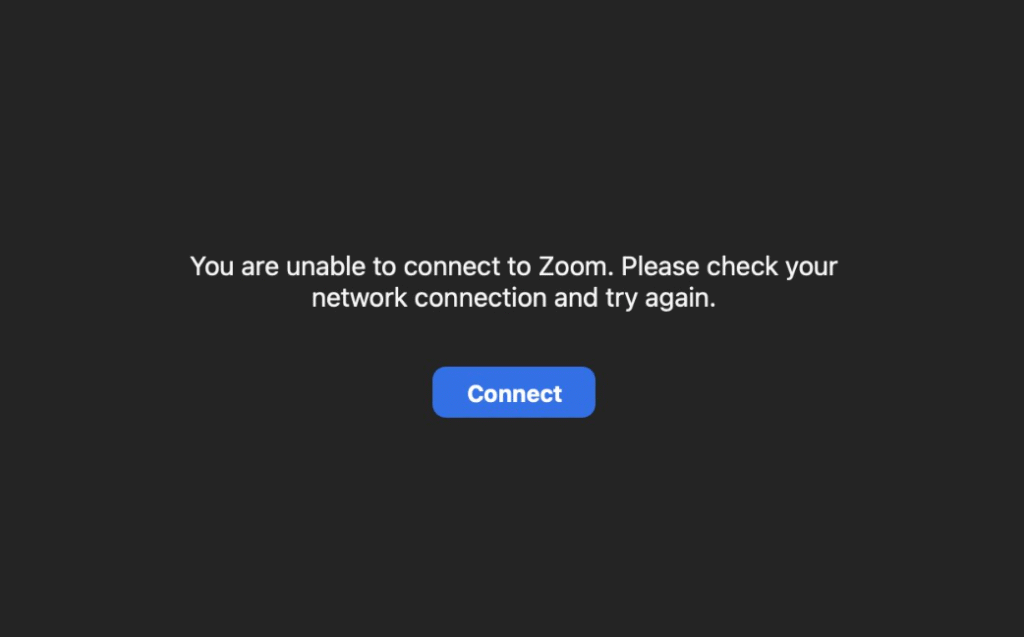On April 16, 2025, thousands of Zoom users around the world suddenly found themselves unable to join meetings, access the website, or use the app. Reports flooded social media and monitoring websites like Downdetector, with over 67,000 users reporting problems within minutes. But what exactly happened? Why did Zoom — a platform relied on by businesses, schools, and governments — go offline?
Let’s break it down.
What Happened to Zoom?
Zoom experienced a major global outage on the afternoon of April 16. Users trying to log in or start a meeting were met with error messages like “Unable to Connect” or “502 Bad Gateway.” The outage began around 3:00 p.m. Eastern Time and lasted for approximately two hours.
While the Zoom application and its infrastructure were working fine internally, the problem was external — it had to do with Zoom’s website domain, zoom.us.
The Real Cause: A Domain Issue
This outage wasn’t due to hackers or technical problems inside Zoom’s servers. Instead, it came from a domain registration issue — something that usually happens behind the scenes but is critical to keeping websites online.
Every website on the internet, including zoom.us, is registered with a domain registrar — a company that manages the address of websites. Zoom uses a registrar called Markmonitor to manage its domain name.
On April 16, a miscommunication occurred between Markmonitor and the GoDaddy Registry, which manages the technical side of the “.us” domain extension. As a result of that error, the zoom.us domain was mistakenly placed on “server hold” status.
What Does “Server Hold” Mean?
When a domain is placed on server hold, it essentially becomes inactive and unreachable on the internet. It’s like locking the front door of a house — the building (in this case, Zoom’s services) is still standing and functional, but nobody can get in.
Because of the server hold:
- Users could not access zoom.us or any of its services.
- Zoom’s apps and platforms, which rely on that domain, also stopped working.
- Even Zoom’s status page, which informs users about system health, went offline.
Was Zoom Hacked?
No, this was not a cyberattack or a result of system failure within Zoom’s infrastructure.
Zoom later confirmed in a public statement that there was no breach, no product failure, and no issue with its internal network. The problem was purely due to an external domain issue — a rare but serious situation caused by an administrative error between two internet service providers.

How Was the Problem Fixed?
Once Zoom and its partners identified the issue, they moved quickly to reverse the server hold on the domain. The outage was resolved around 5:00 p.m. Eastern Time — roughly two hours after it began.
After the domain hold was lifted, services began coming back online gradually. Zoom advised users who were still facing problems to flush their DNS cache, which is a way to reset how your computer connects to websites and services.
How Did People React?
As expected, the outage sparked immediate reaction online. Twitter and LinkedIn were flooded with jokes, complaints, and confusion. Some users assumed it was a technical glitch. Others wondered if it was a cyberattack.
International media outlets like Reuters, The Verge, and TechRadar quickly reported on the situation. Once the real cause — a domain issue — became known, many were surprised at how a small behind-the-scenes problem could bring down such a huge platform.
Could This Happen Again?
Zoom has said it is working closely with both Markmonitor and GoDaddy to ensure this kind of error doesn’t happen in the future. It’s a reminder of how dependent modern digital services are on domain name systems (DNS) and registrar communication.
Even though this kind of problem is rare, it shows how important every part of the internet’s infrastructure is — even the ones most people never think about.
In Simple Terms…
Zoom wasn’t broken. The servers were running, the meetings were ready. But users couldn’t get to them because the address “zoom.us” was temporarily blocked due to an error in the domain system. It’s like the road to a stadium being closed — the stadium lights are on, the teams are ready, but nobody can enter.
The Zoom outage of April 2025 was a rare event caused by a behind-the-scenes mistake in domain registration. While it was resolved fairly quickly, it caused significant disruption and reminded the world just how delicate the web of online services can be.
As internet systems grow more complex, even small communication errors between service providers can have global consequences. Thankfully, this time, the fix was fast — and the lessons will likely help prevent future issues.
